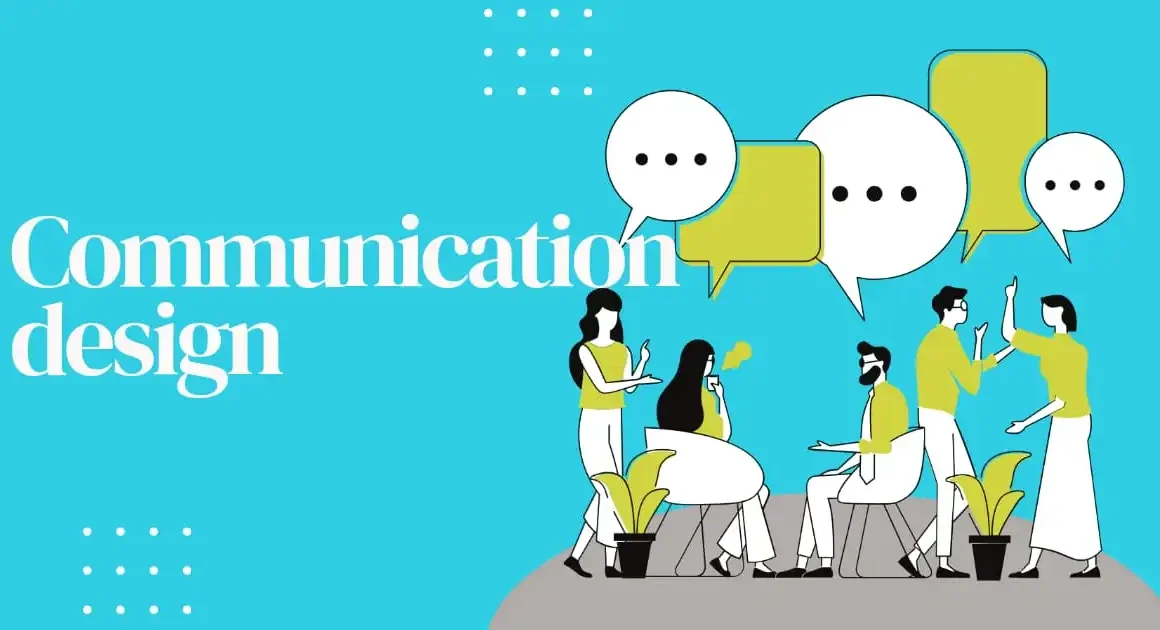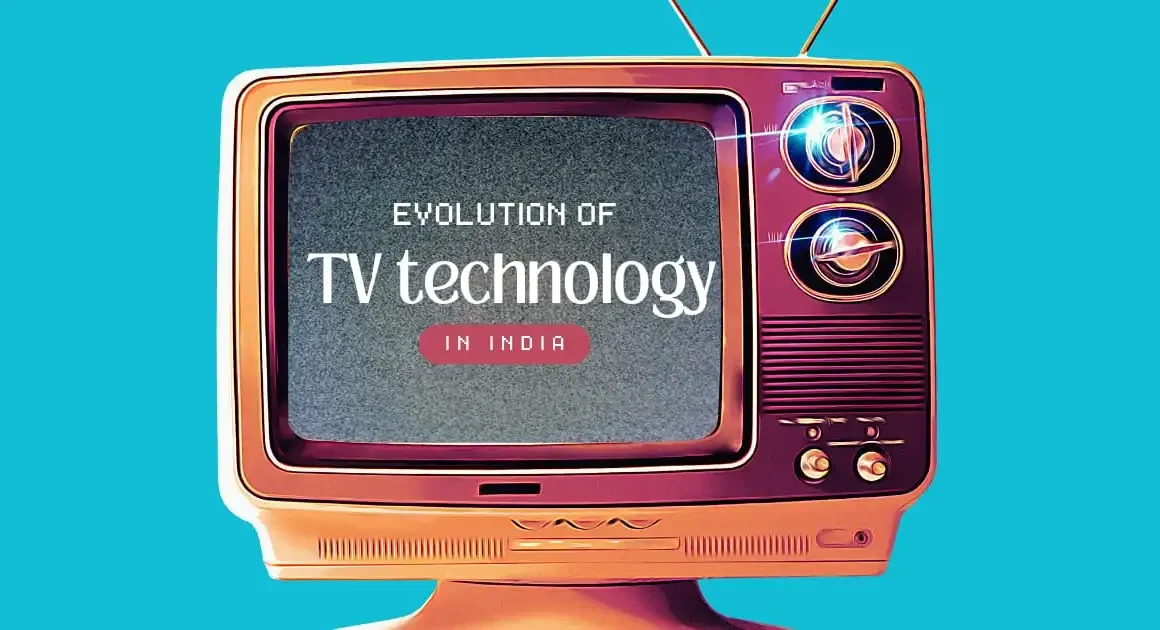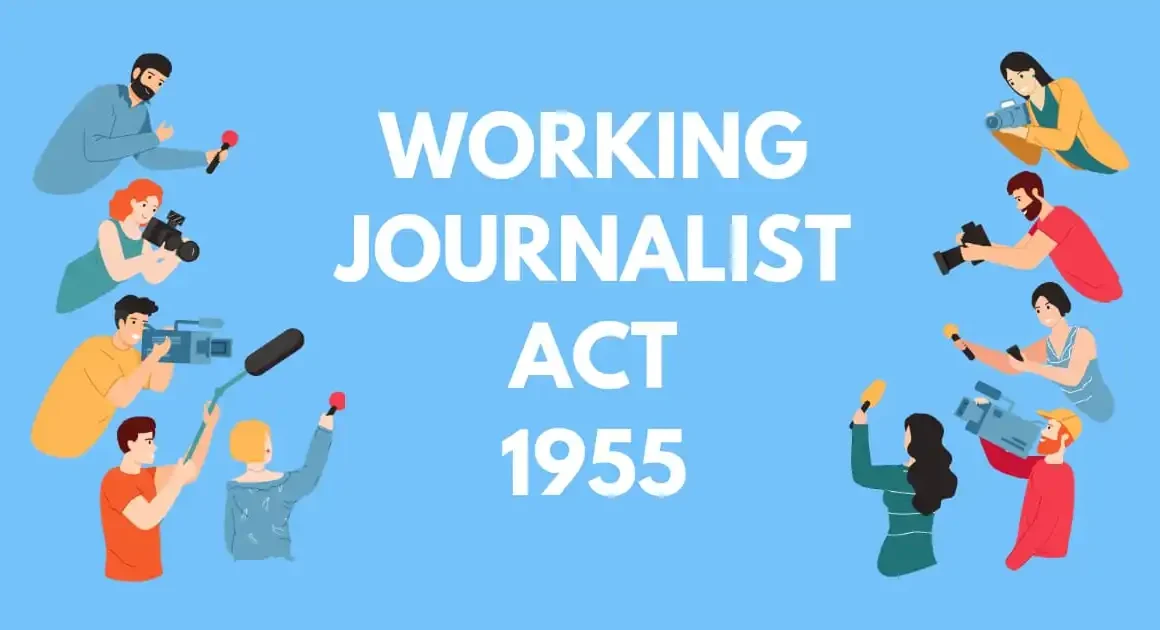Communication design is a mixed discipline between design and information development which is concerned with how media intervention, such as printed, crafted, electronic and presentations, communicate with people. Communication designers translate ideas and information through a variety of media.
Design is the physical product derived from the activity, but the activity itself is often overlooked. The meaning of communication design is to invent, to project, to programme, to translate the invisible into the visible and to communicate.
It involves judgment, the implementation of knowledge, the generation of new information and the use of educated intuition and decision making. We can design the communication as an activity which carries with it an action of conceiving, programming, projecting and realizing visual communication that are usually produced through industrial means and are aimed at broadcasting specific messages to specific types of people.
So. Communication design is the design of things that express information, data, emotion, culture and aesthetics we use communication design in television, catalog illustration, animation, film-making, etc. In this hyper connected world, What’s App, Instagram, Snapchat, Facebook, Twitter, YouTube, Google and so on have become verbs that represent things we do. Through these mediums, we are constantly giving or getting information.
The Apple logo, the tick mark in Nike, the golden arches of Mc Donald’s, etc all of these things, images, words and technology that surrounds us are part of communication design. A communication designer is a strategist who knows how and which media use to create and pass on information about a product, service or experience.
The Communication Design Process
The communication design in practice identifies many discrete stages which collectively form a framework for creating visual communication in response to a brief. The process is not static or linear, as it can be seen as cyclical stages can be revisited as per the requirement to resole design and communication problems and extend ideas
Underpinning the design process in ongoing analysis reflection and evaluation requires creative, critical and reflective thinking referred to as design communication thinking. Stages in the design process are
Development of the brief Set of Instructions.
This stage includes identifying the client, their communication needs, the purpose of design communication, the target audience, the context of visual communication and any constraints that affect the nature of the solution.
Research and Collection of Information.
This step includes a collection of ideas, information and resources relevant to the brief for inspiration, investigation, analysis and interpretation. Designers can use observational free-hand drawing methods to represent the form, material and textures of existing objects or spaces when recording these investigations.
Definition of Objectives.
What should the product do? Decision about communication channels i.e. how to get the product physically to the client or public, how to cognitively and effectively communicate with the public how to perceptually and aesthetically reach to the public
Generation of Ideas.
Exploring a variety of designs and the ways to communicate them but these should be as per the instruction received during the meeting with the client Imaginative ideas. We can draw it using different drawing methods. Freehand ideation sketches support the communication of ideas.
Types of Communication Design
Graphic Design in Communication
As the name suggests, we can do this communication using graphic elements. These elements include symbols such as glyphs and icons, images such as drawings and photographs and can include the passive contributions of substrate, color and surrounding. It is the process of creating, producing and distributing material incorporating words and images to convey data, concepts and emotions.
A graphic designer may use typography, visual arts and page layout techniques to produce the final result. Graphic design often refers to both the process (designing) by creating the communication and generating the products (designs). Common uses of graphic design include magazines, advertisements, product packaging and web design. For example, a product packaging might include a logo or other artwork, organized text and pure design elements such as shapes and colors which unfty the piece, teaching materials, flyers, video games and films. The job of an illustrator is to provide a visual representation of an associated text or idea. For example, a picture accompanying a magazine article is an illustration.
Typography
It can be defined as theory and practice of letters and type of face design. In other words, it is an art concerned with design elements that can be applied to the letters and text (as opposed to images, and other visual enhancements) on a printed page. Typography can change the entire look and the feel of a presentation. It attracts and holds the attention of the audience. If used correctly, typography can convey a certain mood or feeling. It is also reader friendly, the fonts that are used are clear and easy to read. Typography, used throughout a presentation, unifies it. Repetition of the same font in your presentation creates continuity and simplicity.
Keeping the fonts aligned and in proportion synchronizes one’s presentation and keeps it uncluttered. So, we can say that typography is a great tool to make our presentation clear and interesting
Layout and Composition
A composition in any graphic design is the way a content is arranged. It does not matter if one is working with text, images or elements in a graphic, without a proper well composed layout, one’s work would basically fall apart. One should think like a designer. There are six basic principles that can help a person to transform one’s work and sharpen one’s eye for design. They are
- Proximity It is all about using visual space to show relationships in your content. It can be done easily by grouping related items together. Groups that are not related to each other should be separated to visually emphasize their lack of a relationship
- White Space It is an important part of any composition. It means spaces between content. between lines and even the outer margins. White space helps to define and separate different sections and gives our content a room to breathe.
- Alignment is something we deal with all the time. For example, whenever we type an email or create a document, the text is aligned automatically.
- Contrast It simply means that one item is different from another in layout and composition, contrast can help you do many things like catch the reader’s eye, create emphasis or call attention to something important.
- Hierarchy It is a visual technique. Establishing hierarchy is simple. Just decide which elements you want the reader to notice first, then make them stand out. Important items are usually larger, bolder or more eye-catching in some way.
- Repetition It is a reminder that every project should have a consistent look and feel. This means finding ways of reinforcing design by repeating or echoing certain elements.
Photography
‘Photography is ‘old school’ having been around for well over a century. Graphic design and photography go hand in hand. Composition, layout and color are the same principles that apply to both fields just through different mediums. Photography is definitely a basic of design, as you can’t make graphics without an image The unique thing about photography has the wide variety of subject matter and approaches used by photographers today Cameras are more advanced than ever and their effectiveness is pretty extraordinary
Photography is also an important part of branding, hence it has a connection with graphic design. Graphic designers manipulate photos to communicate an idea. Photography’s uniqueness comes from its wide variety of subject matter and the approaches used by photographers today. Camera capabilities are more advanced than ever and they continue to improve at an astounding rate. Photography can strengthen one’s eye in understanding the impact of light and color Graphic design includes a formal understanding of elements like warm and cool colors and contrasts of dark and light. But, photography makes a person apply these ideas in a real world setting.
Advertising
It is a marketing communication that employs an openly sponsored non-personal message to promote or sell a product, service or idea. Advertising can be done through various mass media including traditional media such as newspapers, magazines, television, radio and new media such as blogs, search results, social media, websites or text messages.
Commercial ads often seek to generate increased consumption of their product or services through “branding” which associates a product’s name or image with certain qualities in the minds of consumers. With the advent of the internet, there came many new advertising opportunities. Popup, flash, banner, Pop-under adver-gaming and email advertisements are now commonplace.
Illustration
It is a visual explanation of a text. It can also be a decoration or an interpretation of a text. At the same time, illustration can be a process or concept. Generally, an illustration is used in published media such as magazines, books, posters and animations.
Animation
It is a method in which pictures are manipulated to appear as moving images. Traditionally, animation images are drawn or painted by hand on transparent celluloid sheets to be photographed and exhibited on film. Today, most animations are made with computer generated energy. Cartoons on television are one example of animation. Animation starts with independent pictures and puts them together to form the illusion of continuous motion. Animation is a great way to communicate an idea, as it can enhance the viewers’ experience.
This visual form of communication takes a bit more time and effort but can prove to be most effective. Animation communicates information with a sense of motion, correlating ideas with a sense of visual stimulation. It is a great way to express ideas, while keeping the audience visually intrigued.
Brand Management
As branding has become one of the most valuable assets, the search for new ways to build brands, that achieve a differentiated status in the minds of customers, has become central importance for companies. If design is guided by brand, it can serve as the cohesive factors for all elements that configure a brand experience.
In marketing, brand management is the analysis and planning on how a brand is perceived in the market. Developing a good relationship with the target market is essential for brand management. Tangible elements of brand management include the product itself, its look, its price and packaging, etc.
The intangible elements are the experience that the consumers share with the brand and also the relationship they have with the brand. Brand management will include overseeing all aspects of consumer’s brand associations as well as relationships with members of the supply chain. it i aims to create an emotional connection between products, companies and their customers and constituents. Brand managers and marketing managers may try to control the brand image.
Copywriting
It is the act or occupation of writing text for the purpose of advertising or other forms of marketing. Copywriters help to create bill-boards, brochures, catalogs, jungle lyrics magazine and newspaper advertisements, sales letters and other direct mail, scripts for television and radio commercial’s taglines, white papers, social media posts and other marketing communications. Copy and design are specialist jobs and
require different skill sets. When communication with customers is carried out both work together. Copywriting plays a critical role in designing now-a-days. It can determine if a user will understand what to do next. Being a good writer means knowing how to
communicate clearly. A good writer is one who puts himself in the shoes of his audience.
They know when to omit something or add extra delights and this core principle is the same as for a designer. They both go hand in hand. Clarity of intent will translate into clarity of result and that is of paramount importance in design.
Visual Arts
At its most basic level, visual arts are art forms such as painting, drawing, print-making, sculpture, ceramics, photography, video, film-making design, crafts and architecture.




